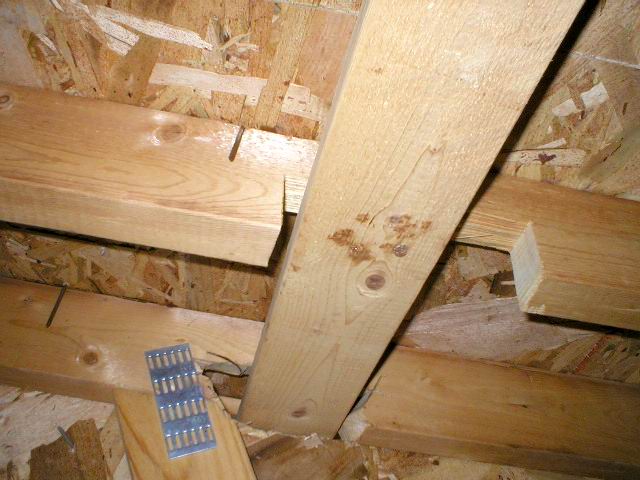PHOTO GALLERY
Here is a small collection of defects we see almost on a weekly basis when we’re out in the field. Click on a picture below the see a larger image as well as a brief description of the defect featured.
Frequently in attics we will find that someone working in the attic, either installing a new light fixture, a ceiling fan, or maybe some speakers, had to move the insulation out of the way, then forgot to put it back when they were done. Now there is a huge hole in the insulation that is allowing large amounts of heat to escape through your ceiling into your attic.

Plugged gutters are one of the most common defects we find on houses, and yet are one of the most important issues to take care of. When gutters are plugged they will overflow rather than properly flow to the downspouts which lead the water away from the house. Also, plugged gutters are much heavier and are at risk of failing and tearing away from the home.
For scheduling and pricing,
call (425) 820-7087.
Washington State Licensed Home Inspectors #201, #448, #698.






